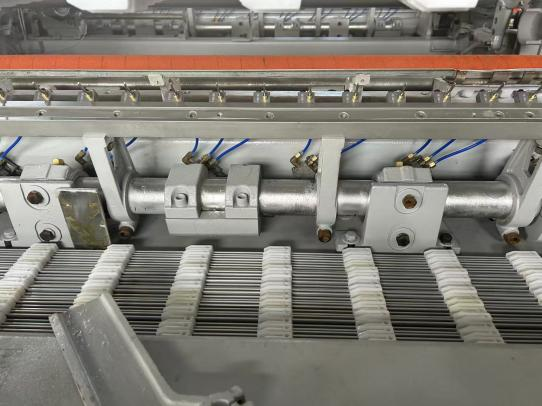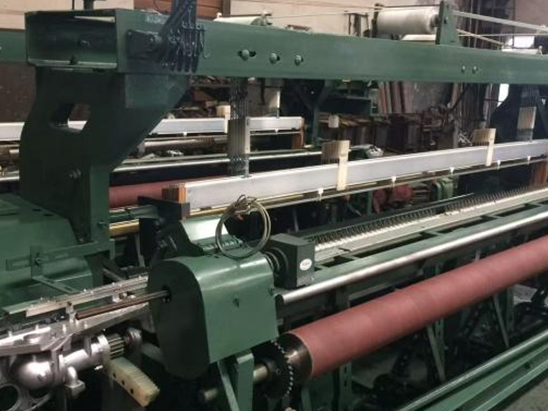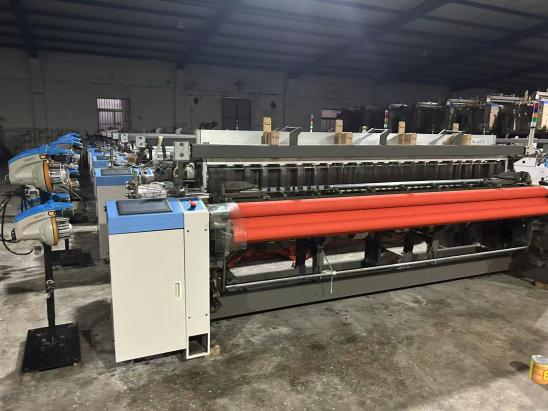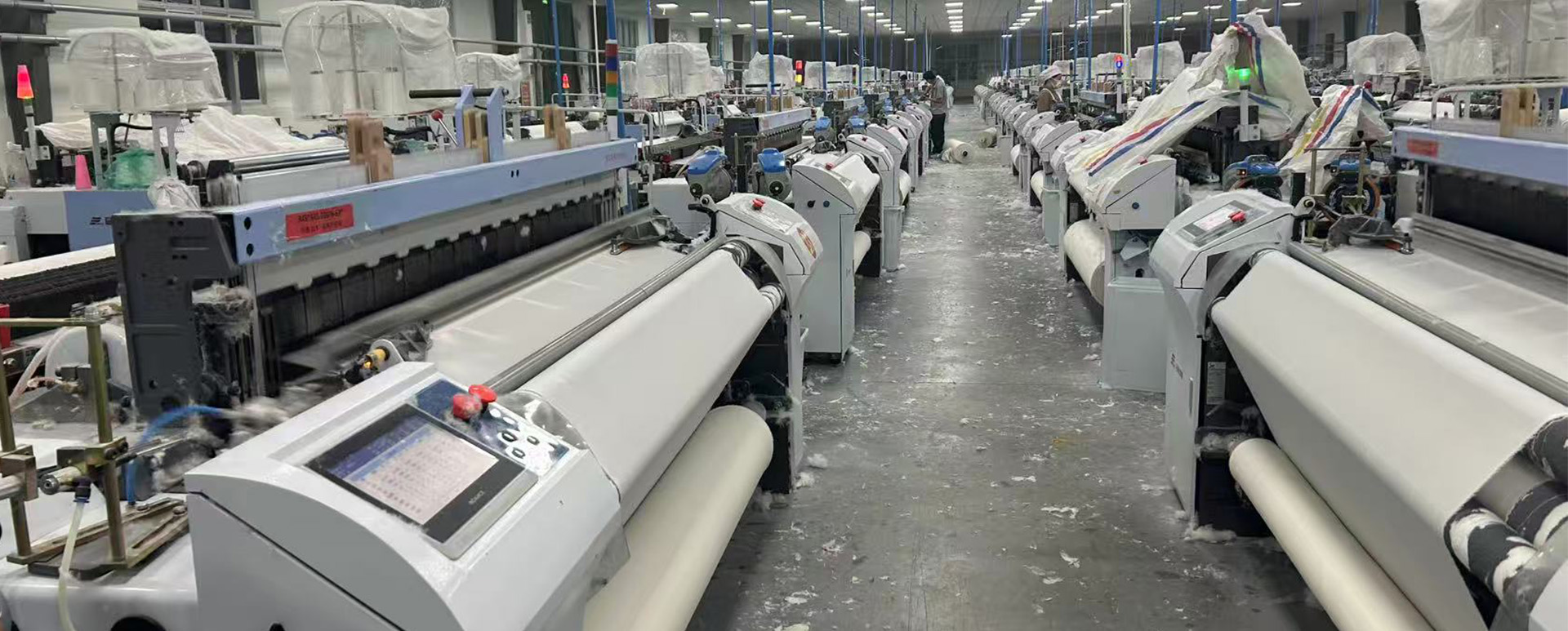Scope of application of jet looms
Early air-jet looms had a limited range of applications, mainly producing white fabric, with small fabric widths, slow speeds, and high fabric limitations, resulting in low fabric quality. However, since the early 1980s, with the development of irregular reeds and relay weft insertion technology on air-jet looms, as well as the application of electronic computers, sensors, and variable frequency speed regulation technology, the speed and automatic monitoring level of air-jet looms have been greatly improved. Especially in the past decade, the rapid development of air-jet looms has made air-jet looms have many advantages such as high quality, high speed, high output, and high self-control level, and the adaptability range of varieties has been greatly expanded
 What are the quality regulatio
What are the quality regulatio
 Scope of application of jet lo
Scope of application of jet lo
 Differences and Similarities b
Differences and Similarities b
 Introduction to Jet Loom
Introduction to Jet Loom

